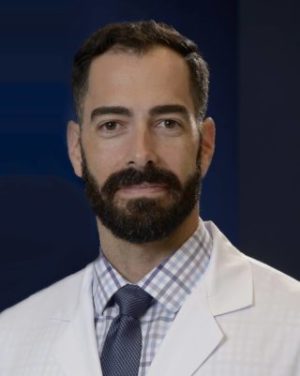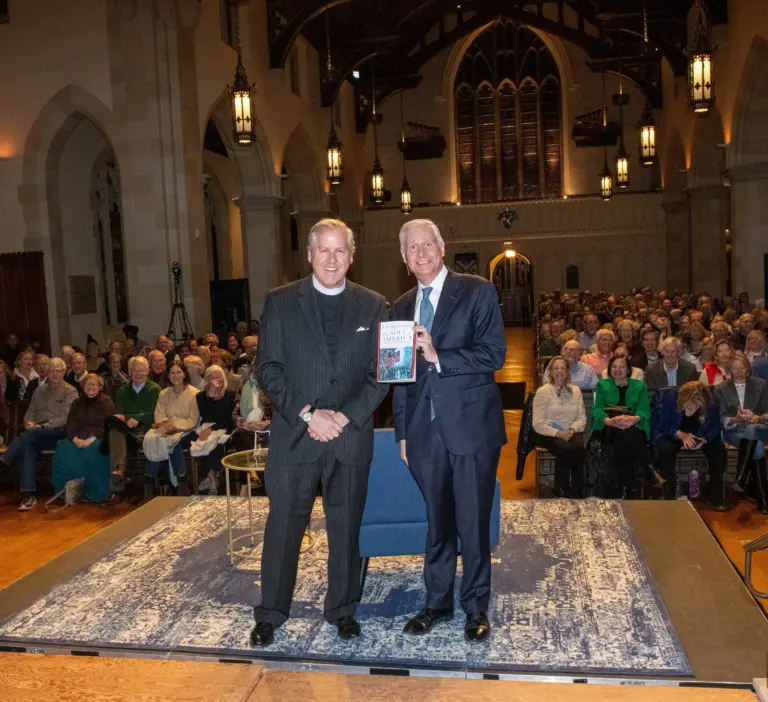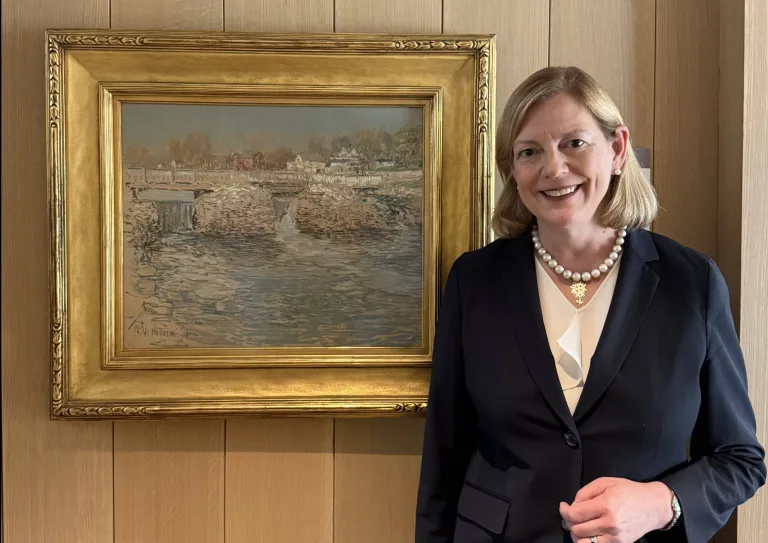By By Carlo Milani, MD, MBA

If you’re dealing with a nerve, tendon, joint, or muscle condition that hampers your mobility, consulting a physiatrist is an excellent place to start.
Physical Medicine and Rehabilitation (commonly known as Physiatry) is an expanding medical specialty that emerged in the 1940s. It emphasizes the treatment and rehabilitation of neuromuscular and musculoskeletal functions. Physiatrists—physicians specializing in rehabilitation medicine—take a holistic approach, focusing on the overall well-being of a patient rather than just a singular body part.
Carlo Milani, MD, MBA is a physiatrist at Hospital for Special Surgery (HSS) who specializes in sports and spine medicine. He expertly evaluates, diagnoses, and manages patients seeking non-surgical options for a range of conditions affecting nerves, muscles, bones, joints, and tendons. His scope of practice includes addressing ailments from sore knees, hips, and shoulders to tendon strains, muscle injuries, spinal disc herniations, pinched nerves, and painful spinal joints.
Dr. Milani addresses key aspects of physiatry, his approach to patient care, and tips for staying healthy in the following Q&A.
Q: What types of patients do you typically see?
In a typical week, my patient schedule varies significantly. I might meet a newly pregnant woman experiencing back pain, an individual managing wrist or hand discomfort from everyday activities, a weekend athlete with knee or shoulder pain from tennis, or a high school or college athlete rehabilitating an injury to return to sports.
I also frequently see patients in their 50s and 60s who have led active lifestyles and want to continue doing so. Some of these individuals may be managing chronic issues such as shoulder and knee osteoarthritis, while others might be navigating injuries from popular recreational activities like pickleball.
The key is to stay active. The fall season is a great time for outdoor activities. With cooler temperatures, the risks of dehydration and overheating are minimized—making it perfect for sports such as golf, tennis, running, and cycling.
Q: Where do you see patients?
I practice at HSS Midtown in New York and at the recently opened HSS Orthopedics with Stamford Health location in Westport, Connecticut. Many patients arrive at HSS after seeking care elsewhere, looking for precise diagnoses and comprehensive treatment plans.
Q: What is the first step in your treatment process?
My treatment approach begins with an in-depth history and clinical assessment. Understanding the interplay between a patient’s lifestyle and their injury is essential. This thorough evaluation helps me arrive at an accurate diagnosis and develop a tailored treatment strategy. This might include recommending specific exercises or adjustments to daily activities to alleviate symptoms and prescribing formal physical therapy to support their rehabilitation needs.
Q: What advanced treatments do you offer beyond basic care?
Certain patients may benefit from injection therapies, such as steroid or hyaluronic acid injections, especially for arthritic joints. For others, techniques like percutaneous needle tenotomy combined with platelet-rich plasma (PRP) therapy can effectively heal tendon injuries. PRP therapy utilizes platelets extracted from a patient’s own blood to stimulate healing in joints and tendons, attempting to reduce inflammation and pain.
In cases where patients are severely limited in their physical abilities but wish to remain active—particularly in sports like golf—surgical interventions may prove necessary to maintain their fitness. Joint replacements can enable individuals in their 50s and 60s to stay engaged and active when osteoarthritis is holding them back.
Q: Young athletes often suffer from overuse injuries. What preventive advice can you offer?
Injury prevention is a crucial aspect of my practice. Young athletes often face increased risks due to early specialization in a single sport, which can lead to overuse injuries. I encourage them to explore multiple sports that interest them, as this helps build strength and agility in varied ways. Cross-training fosters a strong foundation for core strength and comprehensive fitness, often contributing to longer and more successful athletic careers.
It’s vital for young athletes to remember that they spend many more hours practicing than playing in games, so it’s important to avoid training errors. Additionally, training should be appropriate for their level of competition. Any ramp up in skills, drills, and strength training should be gradual. Getting adequate sleep is essential to ensure athletes avoid fatigue and reduce injury risk in practice and in games. Adhering to proper technique, using correct biomechanics, and not training too hard or too fast are key factors in injury prevention.
Q: I’ve read there is growing evidence of the connection between healthier diets and reduced joint inflammation and pain. What are your thoughts?
There is increasing acknowledgment within the medical community that whole food, plant-focused diets can significantly contribute to reducing inflammation in the body, especially for individuals with osteoarthritis or related conditions like metabolic syndrome and diabetes.
Numerous patients who have adopted these lifestyle changes report notable reductions in joint pain and inflammation. Such diets, which limit processed sugars and animal fats, often lead to lower caloric intake, weight loss, and reduced strain on joints.
Dr. Heidi Prather, an esteemed colleague of mine at HSS in the Department of Physiatry, leads the HSS Lifestyle Medicine Program and has conducted early studies supporting the benefits of healthier nutrition, physical activity, sleep, and stress management to help reduce inflammation. These efforts can help treat, reverse, and prevent chronic diseases such as diabetes, arthritis, heart disease and cancer. She speaks more about these topics on HSS Presents, a podcast from HSS available on Spotify, Apple, Amazon and iHeart.
=======================
Carlo Milani, MD, MBA, is a physiatrist at HSS Orthopedics with Stamford Health, specializing in sports and spine medicine.




